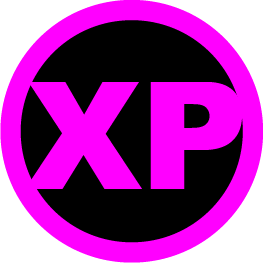About This File
Blender addon for working with KotOR assets.
Features:
- Import & export MDL models, including animations and walkmeshes
- Import & export LYT files
- Import & export PTH files
- Lightmap texture baking
- Area minimap rendering
For installation and usage guides, see README in the GitHub repository.
What's New in Version 4.0.3
Released
- Fixed compatibility with Blender versions 4.2 and 4.4.
- Fixed multiple bugs with model import/export.









